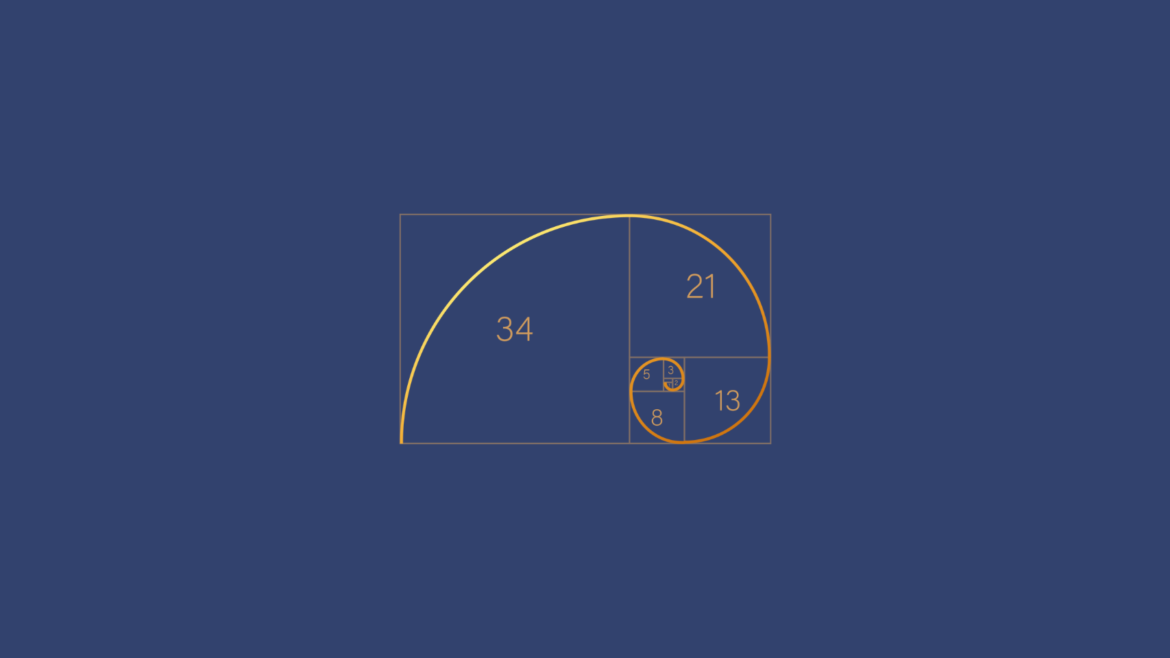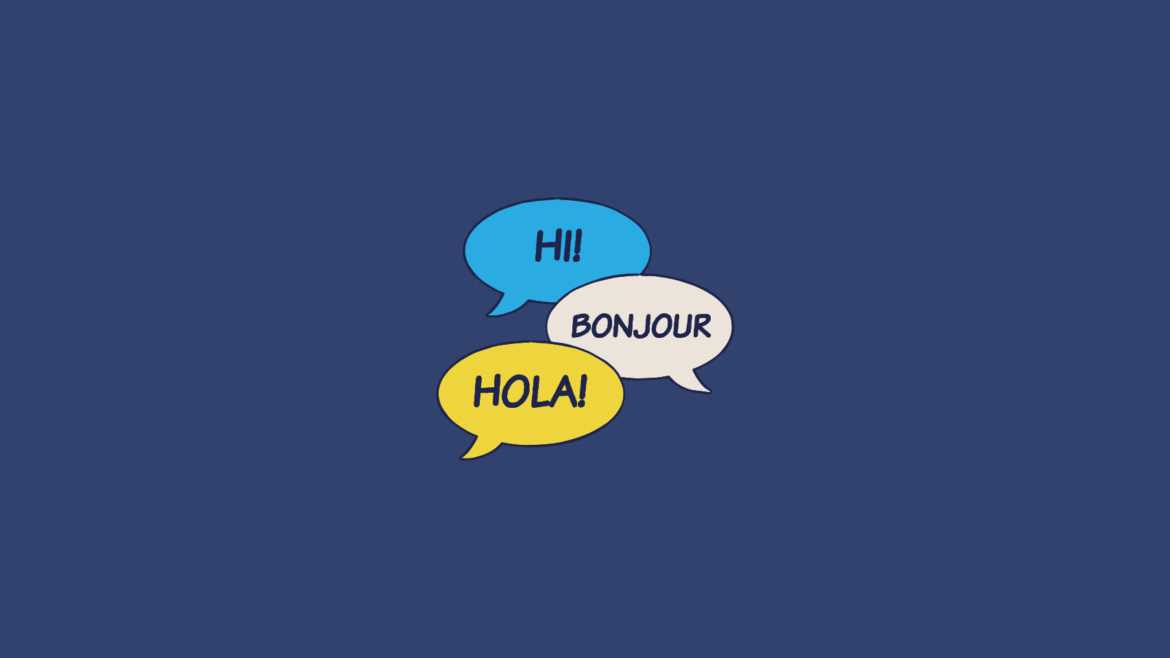How to Tell if You’ve Found True Love
How to Tell if You’ve Found True Love
Is true love really possible in modern times? With all of the divorce and break-up statistics out there, it’s hard to believe that true love still exists.
But it does! True love is possible, but it’s not always easy to find. So how do you know if you’ve found true love? Here are some signs to look for:
You have a strong connection. This doesn’t just mean that you have a strong physical and mental connection, but also a spiritual one. You feel like you can be yourself around this person and they accept you for who you are.
You’re not afraid to be vulnerable. You feel comfortable being open and honest with this person, even if it means exposing your flaws. You know that they love you unconditionally and will accept you no matter what.
You feel a sense of peace. When you’re with this person, you feel at peace. There’s no drama or conflict, and you feel like you can just be yourself.
If you’re experiencing these things, then there’s a good chance you’ve found true love. But even if you haven’t found your soulmate yet, don’t give up hope! True love is out there, you just have to keep looking for it.
The Mental, Physical and Spiritual Connection of True Love
When it comes to love, we often think of it as a feeling. But it’s so much more than that. Love is a mental, physical, and spiritual connection between two people. And when you find true love, it’s unlike anything you’ve ever experienced before.
So how can you tell if you’ve found true love? Here are some signs to look for:
1. There’s a deep connection.
When you’re in love, you feel a deep connection to the other person. It’s not just a physical or sexual attraction. You feel like you can really be yourself around them and they understand you. They make you feel comfortable and accepted.
2. You’re attracted to their soul.
When you’re in love, you’re attracted to the other person’s soul. You love them for who they are, not what they look like. You’re attracted to their kind heart, their intelligence, and their sense of humor.
3. You love them unconditionally.
When you’re in love, you love the other person unconditionally. You don’t love them because they’re perfect. You love them even with their flaws. You’re willing to accept them for who they are.
4. You have a strong physical connection.
When you’re in love, you have a strong physical connection to the other person. You’re attracted to them physically and you enjoy being close to them. You may even feel like your bodies are merging when you’re close to them.
5. You have a strong spiritual connection.
When you’re in love, you have a strong spiritual connection to the other person. You feel like you’re soulmates. You have a deep understanding of each other and you’re connected on a higher level.
If you’re experiencing these things, then there’s a good chance you’ve found true love. But even if you haven’t found your true love yet, don’t worry. There’s still hope. In today’s world, it’s harder than ever to find true love. But it’s not impossible. Keep looking and eventually, you’ll find the one.
What Unconditional Love Really Means and How to Find It
What is unconditional love? This is a question that many people ask themselves, especially in modern times. We are taught that love is a feeling, something that we experience when we are attracted to someone physically, mentally, and/or spiritually. While this is true, love is so much more than a feeling. It is a decision, a choice to love someone no matter what.
Most of us grow up hearing about soulmates and true love. We see it in the movies and read about it in books. It seems like something that is out of reach, something that only happens to other people. But the truth is, we all have the capacity for true love. It is within us, waiting to be found.
So how do you know if you’ve found true love? There are many signs, but some of the most common are feeling safe, feeling understood, and feeling like you can be yourself. When you are with your partner, do you feel like you can be yourself? Do they accept you for who you are, flaws and all? Do you feel safe with them, both physically and emotionally? Do they make you feel understood, like they really “get” you? If you can answer yes to these questions, then you may have found true love.
Of course, love is not always easy. It takes work and it takes commitment. But it is so worth it. If you are searching for true love, don’t give up. It is out there, waiting for you.
How to Connect with Your Soulmate on a Deeper Level
In our modern world, it can be easy to forget what true love looks like. We are inundated with images and messages of love that are often anything but true. So how can you tell if you’ve found true love? Here are some signs to look for:
1. Unconditional love. This is the kind of love that does not keep score or keep track of who did what. It is a love that is not based on what the other person does or does not do. Unconditional love is simply love for the sake of love.
2. A deep connection. When you are with your soulmate, you will feel a deep connection that goes beyond the physical. You will feel a spiritual connection that is hard to put into words. This connection will be the foundation of your relationship.
3. Love in the modern world. In our modern world, love is often portrayed as something that is only physical. But true love is so much more than that. True love is mental, physical, and spiritual. It is a complete connection.
4. A love that lasts. True love does not fade over time. It only gets stronger. If you have found true love, it will be a love that lasts a lifetime.
What are the Most Important Aspects of a Relationship?
When you’re looking for love, it’s important to keep in mind what aspects of a relationship are most important to you. In the modern world, we often forget that love is so much more than a physical and mental connection.
A lot of people believe that true love is unconditional. This means that no matter what your partner does, you will always love them. While this is a beautiful sentiment, it’s not always realistic. We are human after all, and sometimes we need a little space.
So what are the most important aspects of a relationship? That depends on you. But some things to consider are physical, mental, and spiritual compatibility.
Do you and your partner have the same views on life? Do you both want children? Do you share the same values? Do you have similar interests?
It’s important to be with someone who makes you feel good mentally and physically. Do you feel safe with your partner? Do they make you laugh? Do they make you feel loved and supported?
And finally, it’s important to find someone with whom you have a strong spiritual connection. This is the kind of love that will last a lifetime.
How to Tell if the Love is Real
Is the love you’ve found real? How can you tell?
In modern times, we often talk about love in terms of a mental and/or physical connection. But is that really all there is to it?
True love goes much deeper than that. It’s a deep, soulful connection that goes beyond the physical and mental. It’s a spiritual connection that is based on unconditional love.
So how can you tell if the love you’ve found is real? Here are some signs to look for:
- You feel a deep soul connection with this person.
- You feel like you’ve known them before.
- You feel like you are meant to be together.
- You have a strong physical attraction to them.
- You have a strong mental connection with them.
- You have a strong spiritual connection with them.
- You feel like this is the person you’re supposed to be with.
If you’re feeling all of these things, then chances are the love you’ve found is real. But even if you’re not feeling all of these things, that doesn’t mean the love isn’t real.
Only you can know for sure if the love you’ve found is real. But if it feels right to you, then it probably is.
How to Create a Lasting, Loving Relationship
When you’re looking for true love, you don’t want just any old kind of love. You want a lasting, loving relationship built on a foundation of trust, mutual respect, and unconditional love. So how do you create that kind of relationship?
It starts with finding someone who is truly compatible with you—someone you can connect with on a mental, physical, and spiritual level. In other words, your soulmate. Once you’ve found them, there are a few things you need to do to nurture that connection and create a lasting, loving relationship.
First, you need to communicate openly and honestly with each other. That means being able to share your thoughts and feelings without fear of judgement or rejection. It also means being able to resolve conflict in a healthy, constructive way.
Second, you need to be supportive of each other’s dreams and goals. This doesn’t mean you have to agree with everything your partner does, but it does mean you need to be there for them, cheering them on as they pursue their dreams.
Finally, you need to accept each other—flaws and all. That’s what true unconditional love is all about. It’s not about trying to change each other, it’s about accepting and loving each other for who you are.
Of course, creating a lasting, loving relationship takes work—but it’s so worth it when you find that special someone you can truly connect with.









